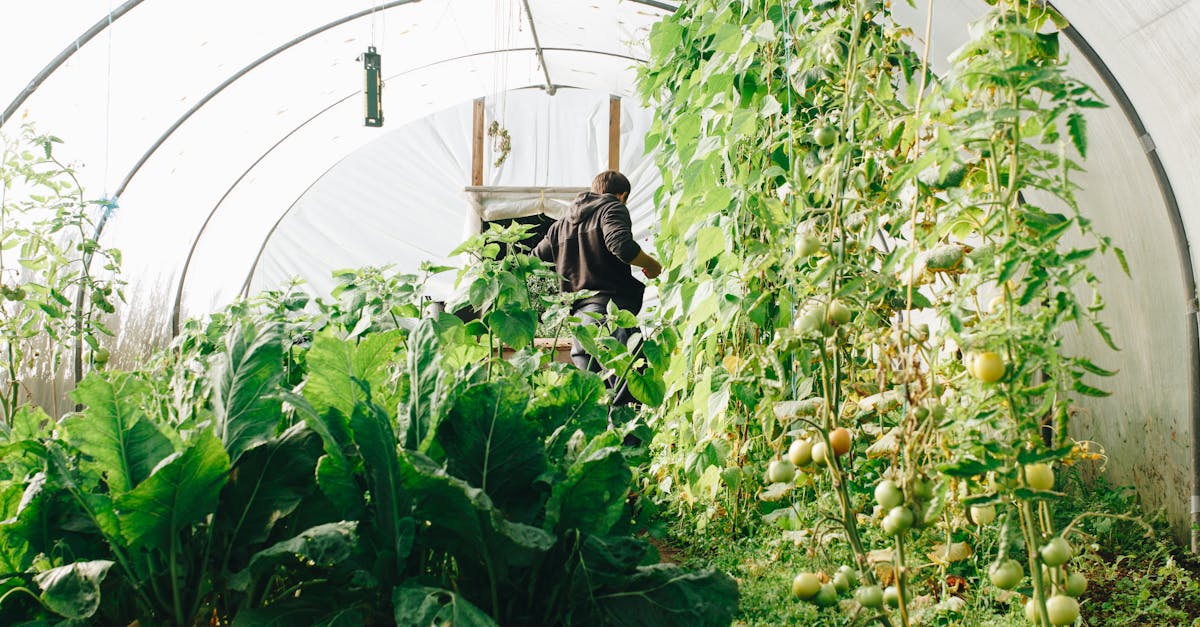Are you an aspiring vegetable gardener looking to take your skills to the next level? Whether you’re interested in incorporating flowers into your vegetable garden, practicing permaculture techniques, growing herbs alongside your veggies, or maximizing space with vertical gardening, we’ve got you covered with these super tips to help you achieve a bountiful harvest.
1. Flower Gardening Concepts:
– Interplanting flowers with vegetables not only adds beauty to your garden but also attracts beneficial pollinators and natural pest controllers. Consider planting marigolds, zinnias, or nasturtiums alongside your tomatoes, peppers, and squash.
– Create a symbiotic relationship between flowers and vegetables by choosing companion plants that support each other’s growth. For example, pairing basil with tomatoes can improve the flavor of the tomatoes while deterring pests.
2. Permaculture Gardening:
– Embrace the principles of permaculture in your vegetable garden by focusing on sustainability, diversity, and self-sufficiency. Incorporate perennials, such as asparagus, rhubarb, or artichokes, to create a more resilient garden that requires less maintenance over time.
– Design your garden layout to mimic natural ecosystems, with interconnected interactions between plants, animals, and microorganisms. Utilize techniques like mulching, composting, and rainwater harvesting to create a self-sustaining and regenerative garden environment.
3. Herb Gardening:
– Enhance the flavor of your vegetable dishes and repel pests naturally by growing herbs alongside your vegetables. Herbs like basil, thyme, and cilantro not only add culinary value but also provide aromatic benefits and natural pest control.
– Opt for perennial herbs that can thrive year after year, such as rosemary, sage, and mint, to create a low-maintenance herb garden that complements your vegetable crops.
4. Vertical Gardening:
– Maximize limited space in your garden by implementing vertical gardening techniques. Utilize trellises, arbors, and vertical planters to grow vining vegetables like cucumbers, beans, and peas, which can climb and flourish upwards.
– Combine vertical gardening with companion planting strategies to create a thriving ecosystem where plants support each other vertically, making the most of sunlight exposure and airflow.
Incorporate these super tips into your vegetable gardening practices to explore the realms of flower gardening, permaculture gardening, herb gardening, and vertical gardening. By integrating these concepts into your garden, you’ll not only boost your vegetable harvest but also create a vibrant and sustainable growing environment that nurtures both plants and gardeners alike.


